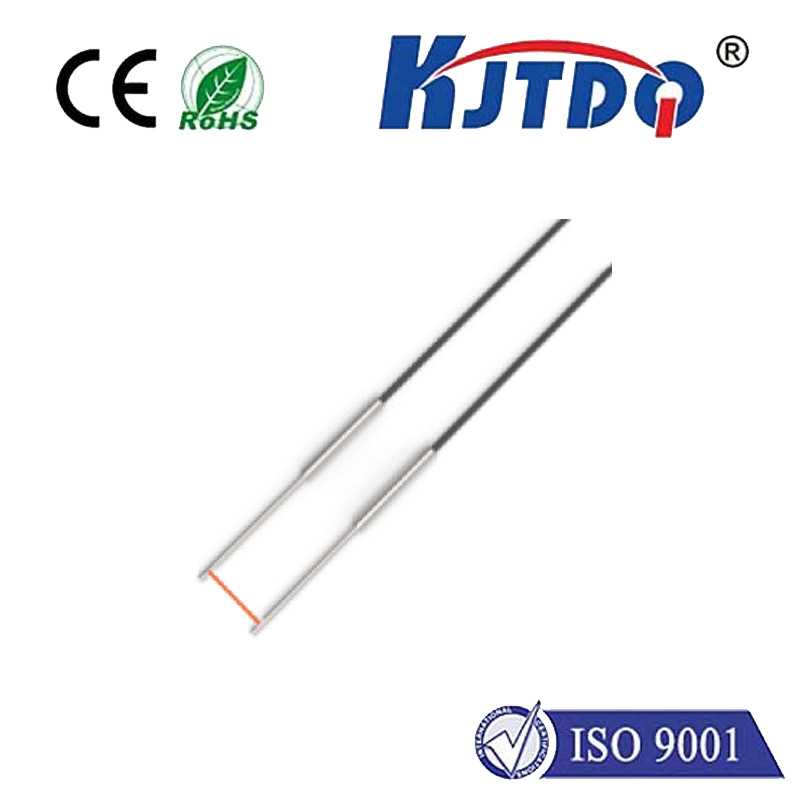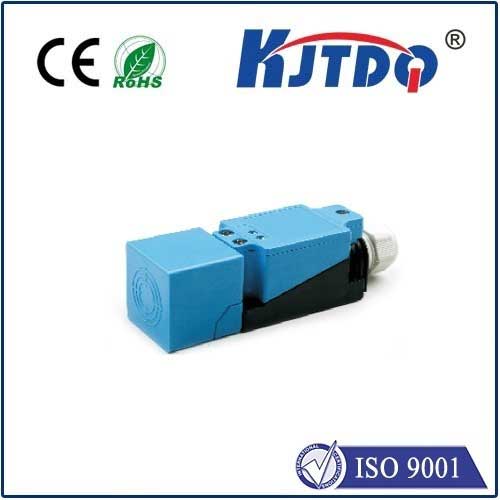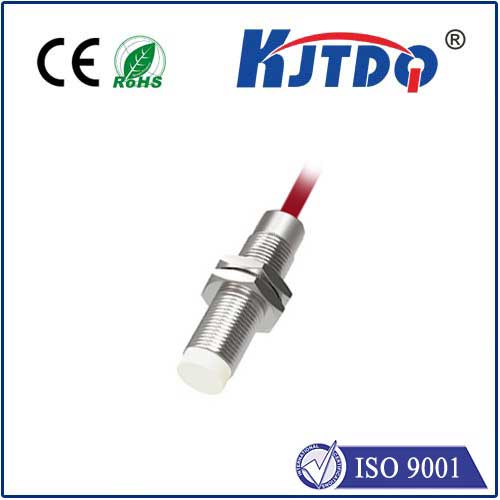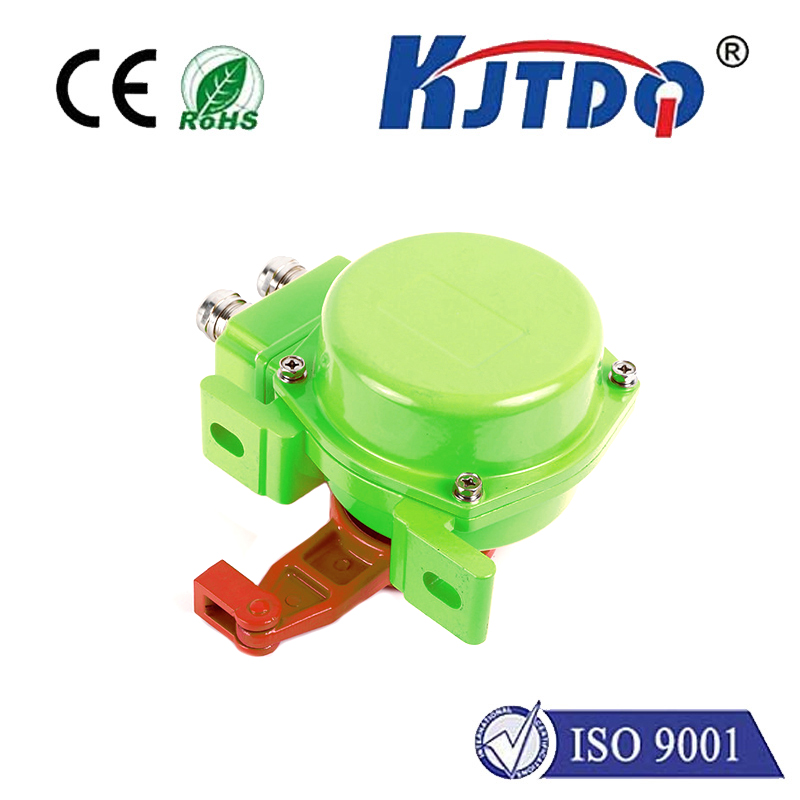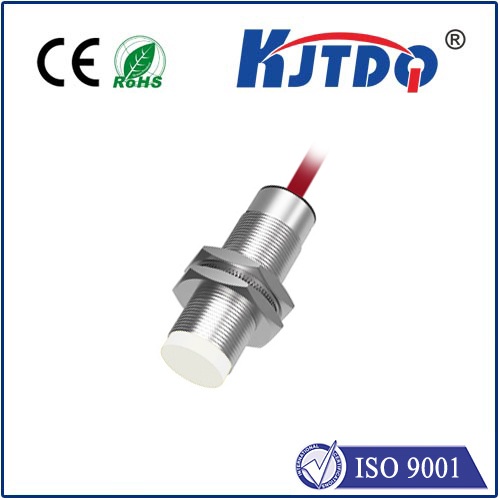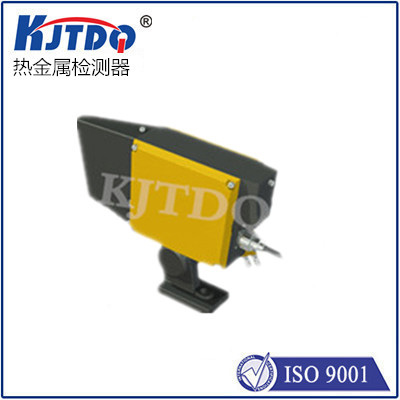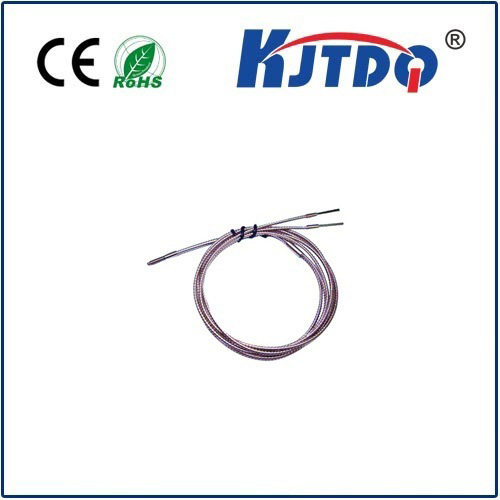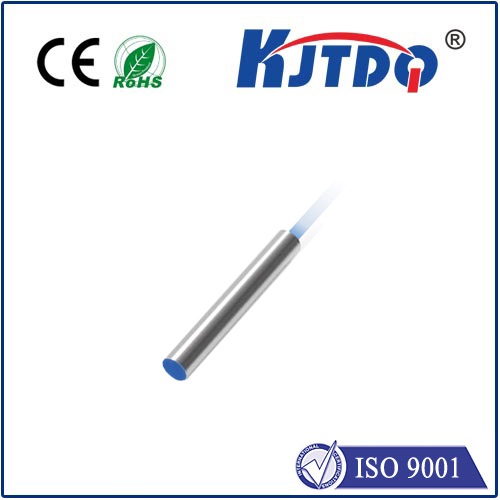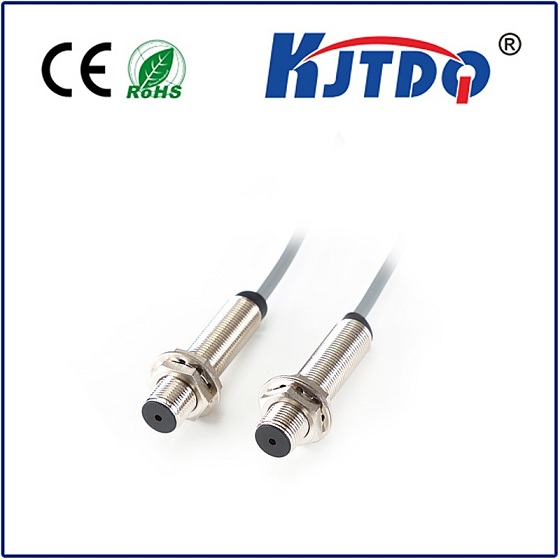tl osmc1 proximity sensor
- time:2025-06-28 02:28:16
- Click:0
TL OSMc1 Proximity Sensor: The Essential Guide to Reliable Industrial Detection
First impressions matter, but in the relentless hum of an industrial production line, consistency is king. Imagine machines moving with precision, robotic arms placing components flawlessly, and conveyors halting exactly where they should. This symphony of automation relies heavily on unsung heroes: proximity sensors. Among these critical components, the TL OSMc1 Proximity Sensor stands out as a dependable workhorse for countless detection tasks. But what exactly is it, and why is it a staple in industrial environments?
At its core, a proximity sensor is a device that detects the presence or absence of an object without physical contact. The TL OSMc1 specifically belongs to the category of inductive proximity sensors. These sensors operate on a fundamental principle: they generate an oscillating electromagnetic field. When a metallic object enters this field, it induces eddy currents on the target’s surface. This interaction causes a measurable change in the sensor’s own oscillation – a change detected and converted into a clean electrical output signal (like a simple ON/OFF switch). This non-contact nature is crucial, as it eliminates mechanical wear and tear, ensuring long operational life even in demanding conditions.
So, what makes the TL OSMc1 Proximity Sensor particularly noteworthy? While exact specifications can vary, sensors within this category typically embody several defining characteristics essential for industrial robustness:

- Robust Construction: Encased in rugged materials like nickel-plated brass or high-grade plastics like PBT, the OSMc1 is built to withstand harsh industrial realities – exposure to coolants, oils, cutting fluids, metal chips, and significant mechanical shock or vibration are par for the course.
- Environmental Resilience: Many models boast impressive IP67 or IP68 protection ratings. This means they are highly resistant to dust ingress and can withstand temporary, or in the case of IP68, prolonged immersion in water. This makes them suitable for washdown environments common in food & beverage or pharmaceutical manufacturing.
- Reliable Detection: Engineered for high switching frequencies, the TL OSMc1 can accurately detect rapidly moving targets on fast assembly lines or continuously rotating parts. Its immunity to ambient light and sound ensures stable performance where optical or ultrasonic sensors might falter.
- Simple Integration: Typically offering standard PNP (sourcing) or NPN (sinking) outputs, and commonly available as 3-wire DC sensors, the OSMc1 integrates seamlessly with most modern Programmable Logic Controllers (PLCs), machine control systems, and other industrial electronics. The LED status indicator provides immediate visual feedback for installation and troubleshooting.
- Consistent Sensing Range: Defined by its nominal range (e.g., 2mm, 4mm, 8mm), the OSMc1 provides reliable detection within its specified operational distance. Factors like target material (ferrous metals like iron and steel are detected at the nominal range, while non-ferrous metals like aluminum or brass have a reduced range) and target size influence performance but are well-documented for predictable application.
Where is the TL OSMc1 Proximity Sensor Found?
Its blend of durability, reliability, and ease of use makes the OSMc1 incredibly versatile across a wide spectrum of industries:
- Factory Automation: Position detection of machine parts (slides, cylinders, clamps), end-of-travel sensing, counting objects on conveyors, verifying part presence before processing (e.g., machining, welding, painting), monitoring bin levels (for metallic contents).
- Packaging Machinery: Detecting the presence of metal cans, foil lids, or metallic components within packaging systems; verifying case sealing machinery operation.
- Material Handling: Confirming the position of pallets, carts, or AGVs (Automated Guided Vehicles) equipped with metal targets; monitoring conveyor belt operation (detecting metallic cleats or attachments).
- Automotive Assembly: Verifying the correct positioning of engine blocks, transmission casings, or other metal components on assembly lines; monitoring robotic welding operations.
- Machine Tools: Tool breakage detection (detecting if a broken metal tool tip is present or missing), confirming chuck clamping, guarding applications (ensuring safety doors are closed before operation).
Why Choose an Inductive Proximity Sensor Like the TL OSMc1?
Compared to other sensing technologies (like capacitive, photoelectric, or ultrasonic), inductive proximity sensors offer distinct advantages for metal detection:
- Unmatched Durability: Their solid-state design and rugged housing make them exceptionally resistant to physical damage and harsh environments.
- Resistance to Contaminants: Impervious to dust, dirt, oil, and water splashes (thanks to high IP ratings), unlike optical sensors which can be blinded by grime.
- High Speed: Capable of detecting objects moving at very high velocities.
- Simplicity & Cost-Effectiveness: Generally straightforward to install, configure, and maintain, offering excellent value for reliable performance.
Selecting and Using the TL OSMc1 Effectively
To maximize the benefits of the TL OSMc1 Proximity Sensor, consider these key points:
- Target Material and Size: Ensure the target falls within the sensor’s effective sensing range for its material. Larger ferrous targets are ideal.
- Required Sensing Distance: Choose a sensor with a nominal range sufficient for your application, allowing for installation tolerances. Do not mount the sensor at its absolute maximum range for reliable operation; allow some margin.
- Mounting: Correct mounting is critical. Sinking or embedding the sensor in metal can significantly reduce its effective range due to the “shielding effect” of surrounding metal. Use non-ferrous mounting brackets if necessary and refer to installation diagrams provided in the datasheet.
- Environment: While robust, ensure the sensor’s operating temperature range and IP rating match the specific environmental challenges (e.g., extreme heat near furnaces, high-pressure washdown).
- Electrical Compatibility: Match the sensor’s voltage rating (commonly 10-30V DC) and output type (PNP/NPN) to your control system’s input requirements.
In the intricate dance of modern industry, where precision, speed, and reliability are non-negotiable, components like the TL OSMc1 Proximity Sensor play an indispensable role. Its ability to perform consistently, contactlessly, and resiliently in challenging environments makes it a fundamental building block of efficient and safe automated systems. Understanding its operation, strengths, and optimal application parameters empowers engineers and technicians to leverage this reliable technology effectively, ensuring smooth production flows and minimizing costly downtime. Whether confirming a part’s presence, signaling a machine’s position, or safeguarding operations, the proximity sensor, exemplified by the rugged TL OSMc1, quietly underpins the reliability we depend on every day.






